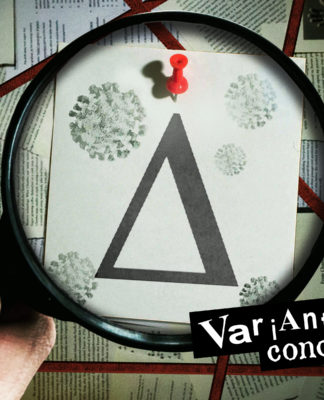 HISTORY would tell us that early civilizations sprouted beside rivers: the Nile, Yangtze, Tigris-Euphrates, and Ganges, among others. In the country, Pasig River hosted the early kingdoms of Luzon. This means that water supports life; without it, subsistence will cease to exist.
HISTORY would tell us that early civilizations sprouted beside rivers: the Nile, Yangtze, Tigris-Euphrates, and Ganges, among others. In the country, Pasig River hosted the early kingdoms of Luzon. This means that water supports life; without it, subsistence will cease to exist.
Sadly, the rivers that brought life to civilizations are being killed. A look at the eastern bank of Pasig River from Sevilla Bridge that connects Manila and Mandaluyong is a clear picture of how people can be so neglectful of the environment that sustains them.
Cement pipes with huge opening stick out of the establishment that plunge wastewater directly to the river.
Up north, the Meycauayan river system that connects Meycauayan, Marilao, and Obando, all in Bulacan, has been included in the New York-based Blacksmith Institute list of 30 dirtiest places in the world because of the tanneries that spew effluents like lead and mercury.
These bodies of water are just two of the 50 biologically-dead rivers in the country, whose revival is bleak as they are now receptacles of waste.
Rivers are instant resources of water for domestic use. But Filipinos spoil them through waste mismanagement. Experts now say the planet is experiencing “water stress.”
The National Water Regulatory Board (NWRB) has identified nine cities in the country that intensively consume water: Metro Manila, Metro Cebu, Davao City, Baguio City, Angeles City, Bacolod City, Iloilo City, Cagayan de Oro City, and Zamboanga City.
Because of their large water consumption—either people just enjoy taking long baths or because of those pesky leaking pipes—these cities will soon be getting their water supply outside their environment.
For example, Metro Manila depends on Bulacan’s Angat Dam for its 97 percent water supply. The remaining three comes from deep well. No wonder, if water level in Angat Dam drops to critical level, it’s instant news.
Now that rivers in the metropolis are dead, there’s less probable water sources that can be treated for domestic use. Perhaps the Philippines should look to Singapore as a role model in water management.
Singapore used to largely depend on Malaysia for water. However, in 2001, Malaysia pressed the island-country for higher prices for its water export. Negotiations failed. It left Singapore looking for a sustainable water source since 50 percent of its water came from Malaysia.
Through water desalination, Singapore turned sea water to fresh drinking water, what it now calls “new water.” Then it expanded its water reservoir by building water catchment at sea because its land area is limited. Lastly, it pioneered the so-called “membrane technology,” which would recycle already-treated water from sinks and toilets through combined rigorous filtration, reverse osmosis, and use of good bacteria. The recycled water could be drank.
Water from these three innovations, plus the imported water from Malaysia, made Singapore achieve water security.
Discovery Channel featured the Singapore success story in “Man Made Marvels Asia.” Reader’s Digest this November likewise featured the achievement.The Philippines has the technology to treat and conserve its water resources, which have been prey however to mismanagement and corruption. Obviously, political reforms are needed.
Water loss is hardly our concern because we always expect water to run out of our faucets each time we open them. But when our expectations fail, we blame the system … again. We point our fingers to the roadside drainage repair, government incompetence, etc. Worse, we’ve never thought of controlling our water consumption. We fail to realize that in Asia, blue is the new green.
















